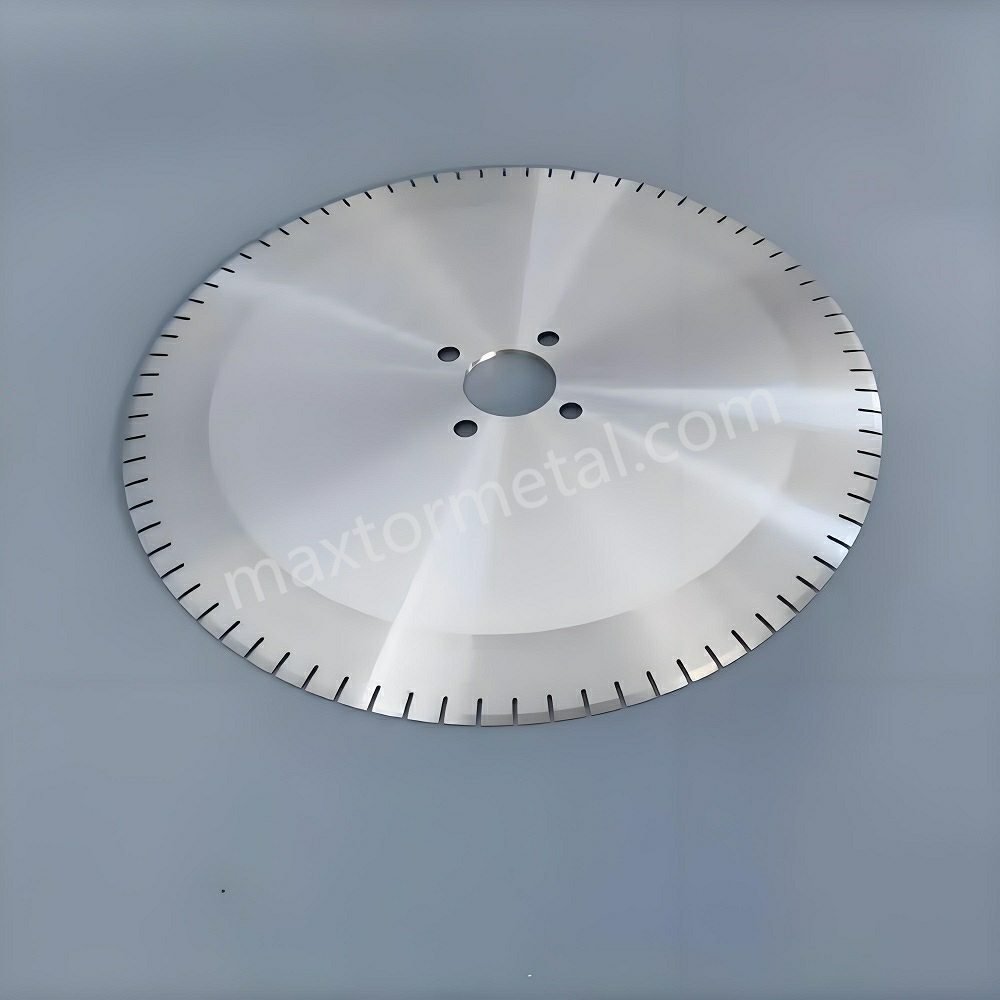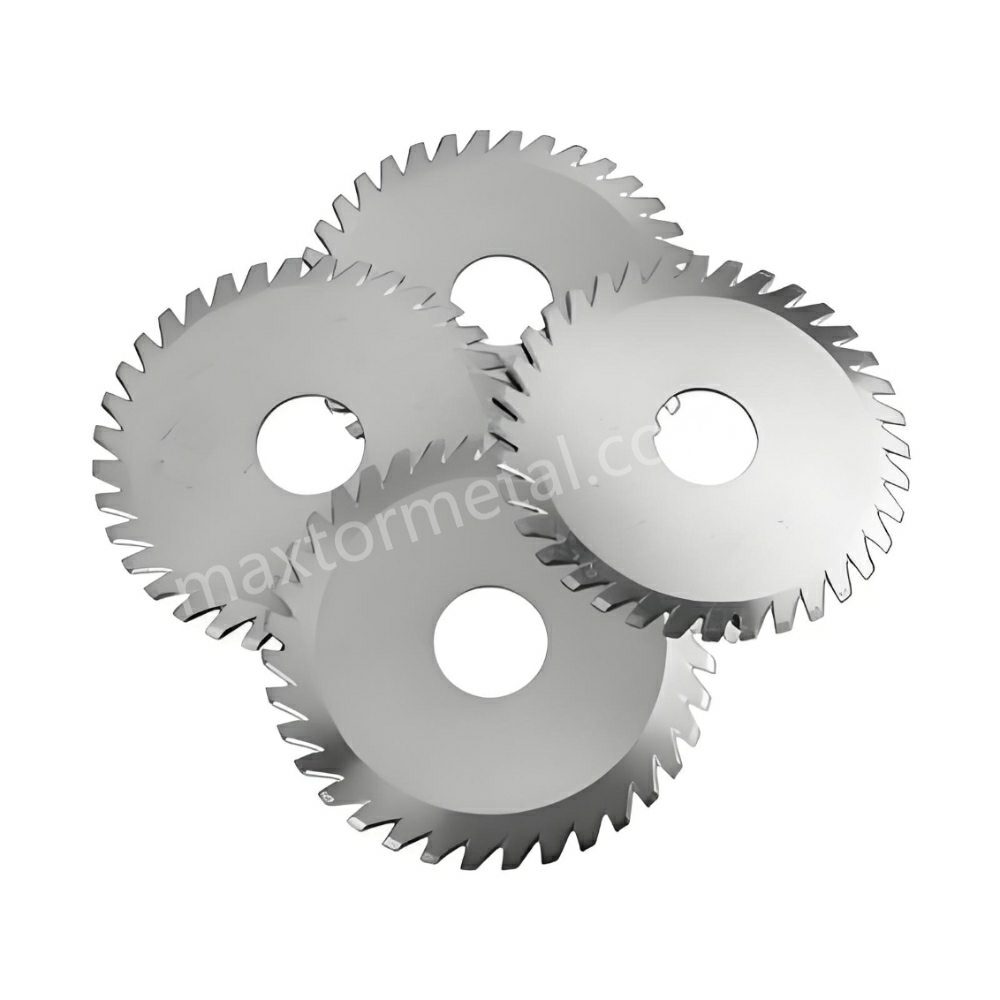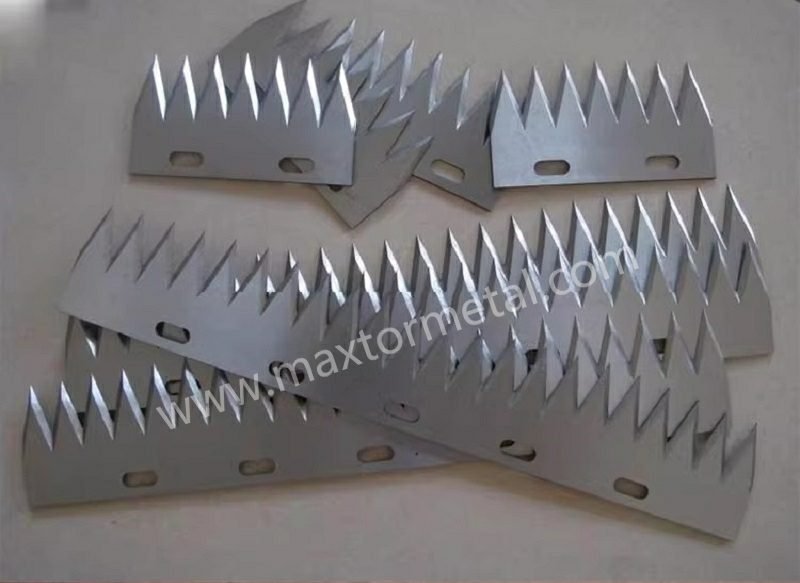
Perforated industrial blades are indispensable tools in various industries, enabling precise cutting and perforation across a wide range of materials. From packaging to consumer goods, these blades streamline production, improve efficiency, and enhance product functionality. This comprehensive guide explores the applications, types, design considerations, materials, maintenance, and customization of perforated industrial blades, offering actionable insights for professionals seeking optimal solutions.
Applications of Perforated Industrial Blades
포장 산업
Perforated blades are critical in modern packaging workflows, providing efficiency and precision in creating tearable designs. Industry data indicates that 70% of global packaging manufacturers rely on perforation technology to enhance product functionality and user experience.
- Foam Packaging: These blades allow precise perforation for easy detachment during product assembly or storage. For example, crosslinked polyethylene foam used in electronic packaging benefits from perforation lines that maintain product integrity during transit.
- Adhesive Tapes: The packaging sector sees annual global adhesive tape production exceeding 40 billion square meters. Perforated blades ensure clean tearing of tapes, eliminating the need for scissors, thus increasing efficiency in both industrial and consumer use cases.
Food and Medical Packaging
In sensitive industries, perforation precision directly impacts product safety and usability.
- Food Packaging: Perforated vent holes in steam bags optimize cooking by regulating steam release. Research from the Food Packaging Institute highlights that perforation improves heating efficiency by 25% compared to non-perforated alternatives.
- Medical Packaging: Tearable seals created with perforated blades ensure sterile access to medical instruments and pharmaceuticals. The U.S. healthcare sector estimates that 80% of its disposable packaging involves perforated designs for user convenience.
Paper Products
The global paper and pulp industry, valued at over $350 billion, heavily relies on perforated blades for product differentiation.
- Checks and Labels: Perforated lines allow secure, clean detachment of checks and labels while preventing accidental tearing, ensuring compliance with financial and logistical standards.
- Tissue Products: Consumer research shows that 90% of tissue product users prefer controlled tearing designs, underscoring the importance of precision perforation in household items.
Consumer Products
Perforated blades enhance the usability of daily consumer goods.
- Garbage Bags: Pre-designed tear lines created with perforated blades simplify bag detachment. According to the Environmental Packaging Alliance, such designs reduce material waste by 15%.
- Air Fresheners: These products often feature perforated seals for activation. Manufacturers use custom-designed blades to ensure uniform tearing without damaging internal components.

Types of Perforated Blades
Round vs. Straight Perforated Blades
Understanding the functional differences between these blade types is vital for achieving optimal results.
- Round Blades: Best suited for rotary operations, round blades are used in high-speed production lines, particularly for continuous web materials like films and foils. Studies show that round blades can reduce material shear stress by up to 30%.
- 직선 블레이드: These are preferred for linear cuts in industries requiring clean, predictable perforation, such as corrugated packaging. Manufacturers often opt for straight blades when precision alignment is critical to the end product’s usability.
Tooth Profiles and Their Advantages
The choice of tooth profile directly impacts the performance and durability of the blade.
| Tooth Profile | Technical Details | 응용 |
| High-Low V-Shaped | Alternating heights reduce cutting resistance, minimizing wear | Ideal for soft materials like tissues and tapes |
| Standard V-Shaped | Uniform teeth ensure consistent perforation depth | Suitable for multi-layer packaging |
| Deep V-Shaped | Greater penetration depth for thick materials | Foam boards, industrial wraps |
| Rounded Teeth | Smooth cuts for thin and delicate materials | Film rolls, coated paper |
| Spiked Teeth | Aggressive cutting action for tough surfaces | Reinforced bags, technical textiles |
| Slanted Teeth | Angled cuts for specific mechanical behaviors | Specialized industrial applications |
Design and Functionality
Cutting Mechanisms
Perforated blades alternate between cutting 그리고 tie points, with tie points being the small, uncut portions that keep the material intact until force is applied. This balance is critical for ensuring:
- Material Retention: Prevents premature tearing during handling.
- Controlled Separation: Allows end-users to tear products with minimal effort.
The tie-to-cut ratio (TCR) is an essential design parameter, with industry standards suggesting a TCR of 1:3 for materials like thin films and 1:5 for thicker substrates.
Impact of Design on Perforation Quality
The spacing and angle of perforation teeth significantly influence tear strength and usability. Computational Fluid Dynamics (CFD) models used in blade design show that optimized spacing can improve material usability by 20% while reducing production waste.

재료 선택
Material properties such as hardness, corrosion resistance, and thermal stability are critical in determining blade performance and lifespan.
| 재료 | Technical Properties | 사용 사례 |
| 고탄소강 | Hardness of 58-60 HRC; cost-effective but prone to corrosion | 일반용 절단 |
| 스테인레스 스틸 | Corrosion resistance of 90% under saline conditions | Food and medical packaging |
| D2 공구강 | Wear resistance of 600-650 MPa under repetitive loads | 연마 환경에서의 대량 절단 |
| M2 고속도강 | Retains sharpness at temperatures up to 600°C | 산업용 포장재 고속 절단 |
| 텅스텐 카바이드 | Hardness up to 90 HRC; unparalleled wear resistance | Abrasive materials, such as composites |
| 세라믹 | Chemically inert and lightweight; brittle under high impact | Precision applications in electronics |
A 2023 study by the Industrial Materials Association revealed that tungsten carbide blades outperform high-carbon steel blades by a factor of 3 in abrasive cutting tests, demonstrating their superior wear resistance.
유지 관리 및 관리
Tips for Prolonging Blade Life
- 매끄럽게 하기: Apply a thin layer of protective oil to blades not in use to prevent rust.
- 정렬 검사: Regularly ensure that blades are correctly aligned to minimize uneven wear.
- Scheduled Resharpening: Use professional sharpening services every 1-2 months for high-use blades.
Common Maintenance Issues
- 치핑: Caused by contact with hard or foreign materials. Prevent this by implementing robust material inspection protocols.
- Rusting: Especially common in blades exposed to moisture. Stainless steel or coated blades can mitigate this issue.
Importance of Custom Blade Services
Enhanced Performance Through Customization
Custom blade designs allow manufacturers to address unique cutting and perforation challenges. Industry-specific requirements often include precise tolerances, unique tooth profiles, and tailored cutting mechanisms. According to a survey by Industrial Blade Solutions, 85% of companies using customized blades reported a 20% or greater increase in operational efficiency.
Key benefits of customization include:
- Material Optimization: Matching blade material to the substrate reduces wear and improves longevity. For instance, tungsten carbide blades for abrasive materials last up to three times longer than standard steel blades.
- Improved Cutting Precision: Custom tooth profiles and cutting angles ensure consistency, particularly in high-speed production environments.

Reducing Costs and Downtime
Customized blades minimize operational disruptions by addressing unique process challenges. A case study by 난징 Metal demonstrated that a packaging company reduced downtime by 25% after switching to bespoke perforated blades.
Tailored Designs for Emerging Needs
As industries evolve, so do their requirements. For example:
- Eco-friendly Packaging: Custom blades designed for biodegradable materials ensure precise perforation without damaging fragile substrates.
- Smart Packaging: RFID tags and interactive packaging require blades capable of delicate cuts to preserve embedded technologies.
Partnering with Experts for Customization
Working with a trusted manufacturer like Nanjing Metal ensures seamless customization. Their process involves:
- 상의: Understanding the client’s specific needs and operational goals.
- 설계: Utilizing CAD modeling and simulation tools for optimal performance.
- 생산: Leveraging precision machining to deliver blades with exact specifications.
자주 묻는 질문(FAQ)
Q: How long do perforated industrial blades typically last?
A: The lifespan varies by material and usage. For example, tungsten carbide blades can last 3–5 times longer than high-carbon steel when used in high-abrasion environments. Proper maintenance significantly extends their service life.
Q: Which industries benefit the most from perforated blades?
A: Common industries include:
- 포장: For vented and tearable designs.
- 의료 산업: Precision seals for sterile environments.
- 식품 가공: Steam-release perforations for cooking and storage.
Q: What factors should I consider when choosing a blade type?
A: Key considerations include:
- 재료 호환성: The substrate being cut (e.g., paper, plastic, metal).
- 절단 속도: High-speed operations may require heat-resistant materials like M2 steel.
- Desired Output: Perforation depth, width, and tie spacing.
Q: What is the lead time for custom blade manufacturing?
A: Lead times depend on the complexity of the design. Standard customization orders typically take 4–6 weeks, while highly specialized designs may take longer.
Q: How is blade maintenance integrated into industrial workflows?
A: Maintenance often includes automated sharpening systems, regular inspections, and periodic replacements. Companies adopting predictive maintenance have reported up to 40% fewer blade failures.
The End
Perforated industrial blades play a pivotal role in enhancing precision, efficiency, and product functionality across industries such as packaging, food processing, medical supplies, and consumer goods. Their versatility, combined with advances in material science and customization, ensures that manufacturers can meet the growing demands for innovative and sustainable solutions.
For businesses seeking to optimize their production processes, partnering with a reliable blade manufacturer ensures access to expert consultation, high-quality blades, and tailored solutions. 오늘 저희에게 연락하세요 for a free quote and elevate your operational capabilities to new heights.



4 응답
I’m gone to say to my little brother, that he should also go to see this
web site on regular basis to get updated from newest information.